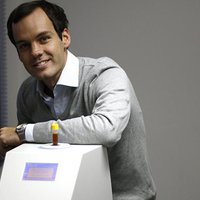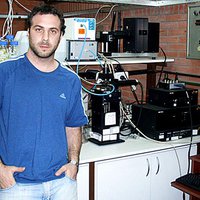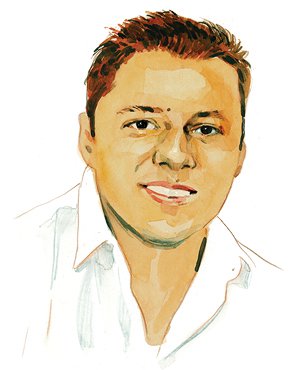Biotechnology & medicine
Juan Sebastián Osorio
Monitors specially designed for premature infants help detect breathing problems <br>

Europe
Héctor Perea
Creating implants with the patient's own cells

Latin America
Juan Sebastián Osorio Valencia
Personalized medical devices for an specialized medical care

Latin America
Javier Gómez Méndez
Affordable mobile technology to control heart disease

Latin America
Marcelo Martí
New approach in the search for effective TB treatment
